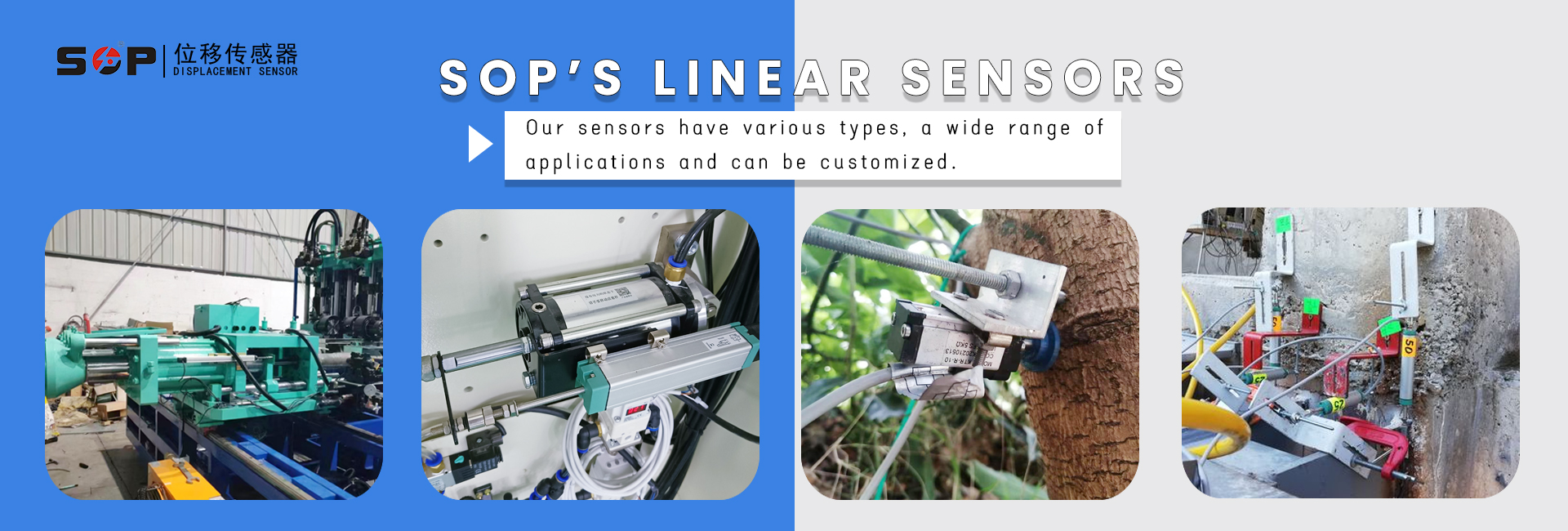Points to note when using a linear displacement sensor
Points to note when using a linear displacement sensor
There are many points to pay attention to when using a linear displacement sensor, and now we will elaborate on the following important points:
1. FM interference and electrostatic interference
Both frequency modulation interference and electrostatic interference may cause the display numbers on the electronic ruler to jump. To prove whether it is static interference, simply use a power cord to short-circuit the cover screw of the electronic ruler to some metal on the machine. As long as it is short circuited, the static interference will be immediately eliminated. But if you want to eliminate high-frequency interference, it is difficult to use the above method. You can try pausing the high-frequency interference source to see if the display results will be better, in order to determine whether it is a problem with high-frequency interference.
2. The power supply capacity of the linear displacement sensor is small
Insufficient power supply capacity can cause fluctuations in the display of the mold closing electronic ruler due to the movement of the adhesive glue, or the movement of the mold closing can cause fluctuations in the display of the injection electronic ruler, resulting in increased measurement errors. If the driving power supply of the solenoid valve is shared with the power supply of the linear displacement sensor, this situation is more likely to occur
3. Wiring error of linear displacement sensor
The three wires of the linear displacement sensor cannot be connected incorrectly, and the power line and output line cannot be swapped. If the wires are connected incorrectly, there may be a significant linear error.
4. The displayed data jumps regularly or there is no displayed data
This solution requires checking whether the insulation of the connecting wire is damaged and whether it is in regular contact with the machine's casing, resulting in a short circuit to ground
5. What are the requirements for neutrality, parallelism, and angle of linear displacement sensors
The alignment of the linear displacement sensor needs to be good, but the parallelism can allow for a ± error, and the angle can allow for a ± 12 "error. If the parallelism error and angle error are both too large, there will be a situation where the displayed numbers jump, and it is necessary to adjust the parallelism and angle.


